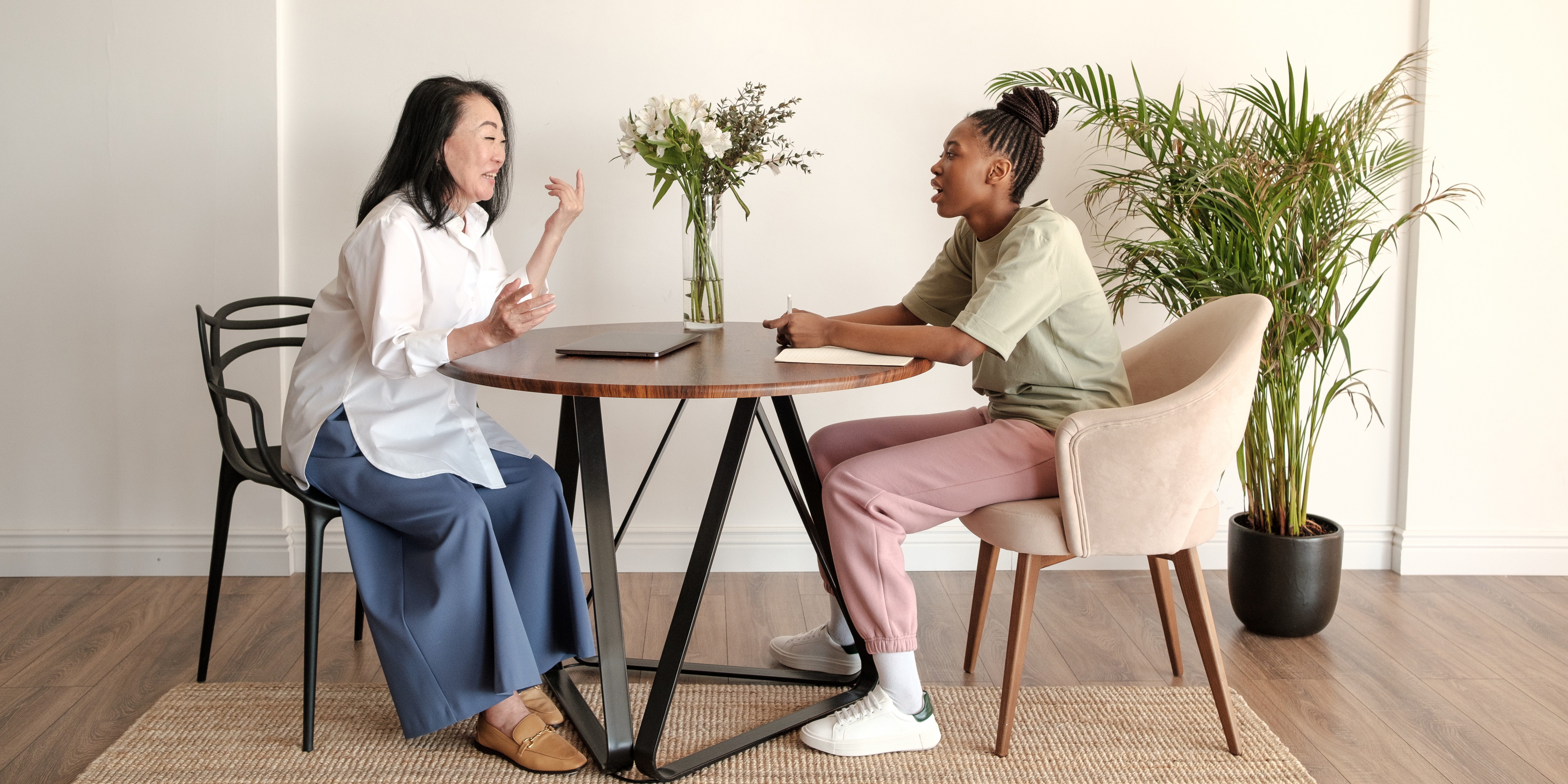
By: Paula Gonzalez, MCP, CCC, RP
Finding the right therapist is one of the most important factors correlated with “success” in therapy. After all, finding a therapist that makes you feel safe enough to be honest with them and yourself about how you’re doing is exactly what would need to happen if you’d like to make the most of your time and money spent in therapy.
With that said, finding the right therapist can sometimes feel as if you’re looking for a needle in a haystack, which is something that can become incredibly frustrating and defeating. The good news is that it doesn’t necessarily have to be this way. After years of hearing discouraging stories from some of my clients’ previous counselling experiences, it became clear that there is a need for information about therapy so that folks can manage their expectations and learn about their own therapeutic preferences so that they may know what kind of therapist would be the right fit for them.
So, here are 5 things you should know about therapy to find the right therapist:
- Therapy is a collaborative process.
In therapy, it’s important to be clear about your role and your therapist’s role. For instance, your therapist’s job is not to tell you what to do (if they do, this could be a red flag). Instead, their job is to use their education, training, and experience, to help you get there. They may do this by asking questions that may elicit clarity and insight, creating a safe and non-judgmental space for you to express yourself authentically, or by providing you with coping strategies. Your job, on the other hand, is to show up to and to show up in your sessions. This means that you are accountable for not only showing up to your sessions, but to also work up the courage and allow yourself to be honest about how you’re doing, including how you’re feeling about therapy. Your therapist would want to know these things to ensure that you’re actually benefiting from therapy. More on this below. - Honesty is the best policy.
As mentioned above, ongoing communication in therapy is crucial. A good therapist would want to know how you’re feeling in general, but also about how you’re feeling about therapy itself. They would want to know how the pacing of therapy is feeling for you, and if there is anything about their approach that is or isn’t working for you. Is therapy feeling too overwhelming at the moment? Are we needing to slow it down? Or is therapy feeling too slow-paced? Is the homework feeling too difficult? Are you still feeling motivated to pursue therapy? A therapist will want to know all of the things! They’re not trying to be nosy, but rather want to make sure that you’re actually benefiting from therapy and are getting the most out of it. - You don’t need to be in crisis to seek therapy.
One of the bigger misconceptions about therapy is that you need to be in crisis to seek help. While that could certainly be a reason to go to therapy, there isn’t a set of eligibility criteria to seek therapy. Many people choose to seek therapy to simply have a space where they can talk to someone who doesn’t know them, so that they can express themselves honestly and without fear of judgment. Others may choose to go to therapy when they’ve encountered a challenging situation and would like additional support, others may go to therapy as a proactive measure to avoid going into crisis, others go to therapy because they’re feeling stable enough to process painful events from the past, and others go simply as a form of mental health maintenance. Everyone can benefit from therapy, and it will always be here for anyone whenever they would like to access it. - Trust the process.
“Trusting in the process” in therapy means to trust that every single time that you attend a session and do the work, progress is being made. It also means that progress may not be something that one can see or feel in the moment, but that with consistency, patience, and trust in yourself and your therapist, it will become clearer. If you’re someone who is results-driven, it could be beneficial to think about what progress would look like for you and to communicate this with your therapist. - In-person or online therapy.
This is very important to think about. Since the pandemic, many therapists have moved to online therapy either exclusively or in addition to providing in-person sessions. A reason for this is the accessibility that online therapy can provide, considering that you have access to a device, stable internet connection, and privacy, that is. If you are someone who has access to these, perhaps something else to think about would be whether you would have the time and means to commute to your therapist’s office. Either way, you’ve got options. You can choose whatever would feel best for you.
Bonus tip: You’ve got this!
Exploring and processing uncomfortable feelings doesn’t mean that these feelings will never leave. I often encourage my clients to think of therapy as “growing pains”, in that while it may feel uncomfortable and scary to allow yourself to feel your feelings while in session, this is what will ultimately help you understand them (and therefore yourself and your needs) better. This is where healing and growth begins. Growth can be painful, but it is growth, nonetheless.
Stay tuned for more tips on finding the right therapist for you.
Paula Gonzalez, MCP, CCC, RP, is the founder of Infinite Horizons Psychotherapy (www.infinitehorizonspsychotherapy.com). She specializes in empowering young adults experiencing high levels of anxiety through psycho-education and trauma-informed CBT.
*The views expressed are mine alone and do not necessarily reflect the views of the CCPA.
*The views expressed by our authors are personal opinions and do not necessarily reflect the views of the CCPA


